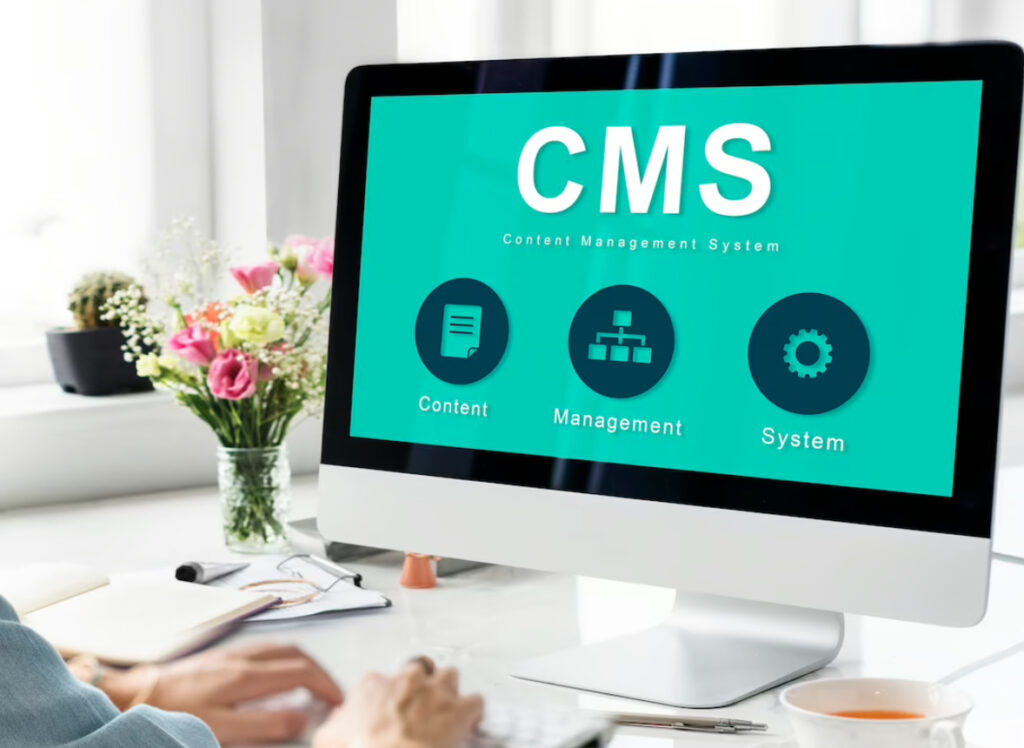Welcome to our comprehensive guide on migrating your WordPress website to a new CMS. Switching to a new CMS can offer you enhanced features, better performance, and improved scalability. In this blog post, we’ll walk you through each step of the migration process, ensuring a smooth transition.
Preparing for Migration
Before initiating the migration process, it’s crucial to plan and prepare adequately. Create a backup of your entire WordPress website to ensure that no data is lost during the migration. Additionally, inform your team and stakeholders about the upcoming changes to avoid any confusion.
Choosing the Right CMS
Selecting the appropriate CMS that aligns with your business needs is crucial. Evaluate popular CMS platforms like Joomla, Drupal, Shopify, or others, considering factors such as functionality, user-friendliness, and scalability.
Backing Up Your WordPress Website
Before proceeding with the migration, create a full backup of your WordPress website, including all files, databases, themes, and plugins. This backup will serve as a safety net in case anything goes wrong during the migration process.
Exporting WordPress Content
In this step, export your WordPress content, such as pages, posts, and media, into a format compatible with your chosen CMS. Use WordPress export tools or plugins to simplify the process and maintain content integrity.
Importing Content to the New CMS
Now, import the exported content into your new CMS. Follow the platform’s guidelines for importing data to ensure a seamless transfer. Verify that all your content appears correctly in the new CMS.
Handling Media and Assets
Migrating media files, such as images and videos, is critical for a successful transition. Ensure that all media files are correctly transferred to the new CMS and that they display correctly on your website.
Reviewing and Testing the Migration
Thoroughly review your newly migrated website on the new CMS. Test all functionalities, links, and forms to identify any issues. Engage your team to carry out extensive testing and ensure a bug-free experience for your users.
Redirects and SEO Considerations
To maintain SEO rankings and preserve search engine visibility, set up proper redirects from your old WordPress URLs to the corresponding URLs on the new CMS. This will prevent broken links and minimize any negative impact on your SEO efforts.
Going Live with the New CMS
Once you are confident that everything is in order, it’s time to go live with your new CMS. Coordinate with your hosting provider to ensure a smooth and timely transition.
Conclusion
Congratulations! You have successfully migrated your WordPress website to a different CMS. By following this comprehensive guide and considering essential factors like backups, testing, and SEO, you have ensured a seamless transition that will benefit your website in the long run.
In this structured blog post, we have covered all the necessary steps and considerations for migrating your WordPress website to a new Content Management System. By carefully following each step, you can smoothly transition your website to a different CMS and unlock new opportunities for growth and improvement. Remember to test rigorously and ensure all content and functionalities are working flawlessly before going live with the new CMS. Happy migrating!


